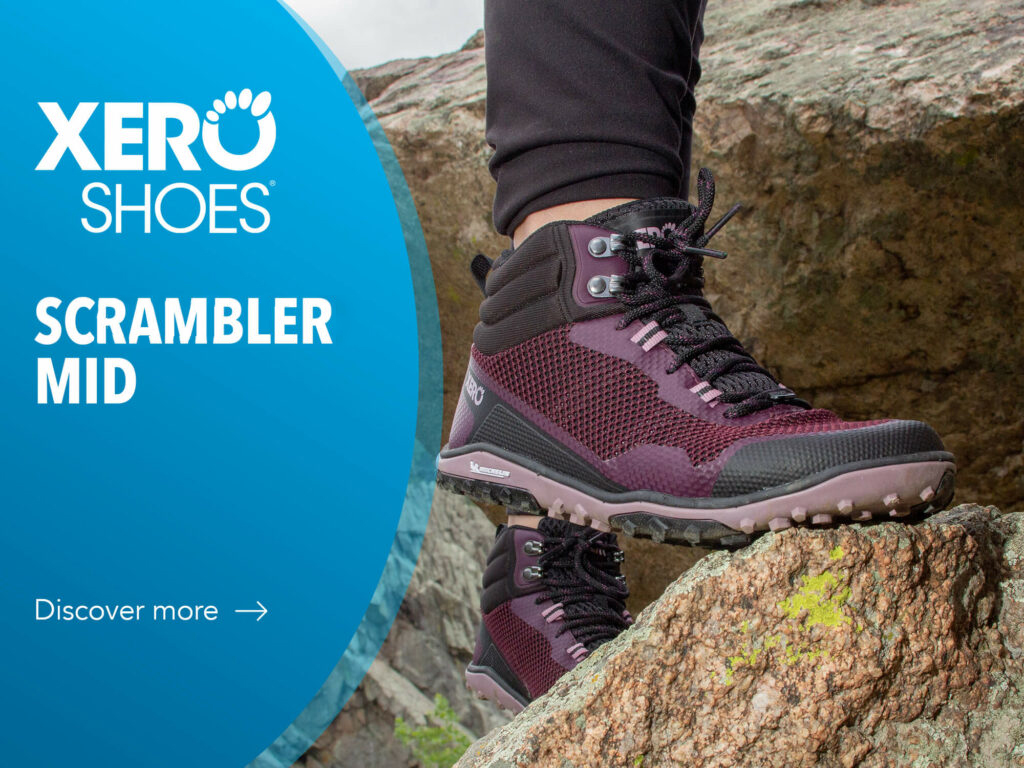Project scope
The Matteo Bulla thesis project about footwear and 3D printing was showcased at Performance Days 2024 in Munich with the purpose of showing how the entire footwear design journey can transition seamlessly into the digital realm, including everything from the creation of the last to the ideation phase and culminating in production.
Each stage of the project was empowered by specialized companies or professionals, underscoring the collaborative effort necessary to bring the project to fruition and highlighting the diverse array of skills demanded in the digital footwear domain today.
Table of Contents
In footwear it all starts from the creation of the last, that in this case was completely digitalized and used as the base for 3D modeling in Rhino. The subsequent step involves creating a 3D model of both the shoe sole and the upper, tailored around the digital last. In the footwear industry, the widely utilized software for this purpose is Rhinoceros, known for its surface-based modeling capabilities that provide remarkable flexibility in shaping complexity and offering innovative functions.
Modeling a sole in 3D is indeed a multifaceted challenge, necessitating specific expertise and a strategic approach to encompass all the technical requirements and organic forms inherent in the process. Arsutoria (Milan based footwear professional school) bring forth their extensive experience in the field, showcasing to Bulla the full spectrum of possibilities and potentialities of Rhinoceros in shoe technical design.
When considering the manufacturing process of footwear, a crucial aspect to highlight is the integration of Direct3D technology, particularly in the production of soles. Bulla empowered the company’s technological prowess to significantly enhance the 3D printing of flexible components, for applying it to the soles design for this project.
Direct3D manufactures and delivers small, lightweight and cost-effective Pellet Extruders and 3D Printers.
Main advantages of using pellets instead of filament are:
• Wider selection of materials, including very soft TPEs and MIM feedstock
• Higher productivity, ideal for mid size parts
• Lower printing costs
• In-line colouring
Conversely, when addressing the production of the upper part of the shoe, Sneaknit has contributed with its specialized expertise in 3D knitting.
About Matteo Bulla
Matteo Bulla, 26 years old, is an Industrial designer. He studied Design & Engineering at Politecnico di Milano and specialized in blending creative innovation and aesthetics seamlessly with technical and manufacturing elements through proficient utilization of 3D modeling and visualization digital skills.

Currently he is on a trainingship at Arsutoria School where he is learning how to apply his forma mentis in the footwear design field.
The project
The project aimed to showcase the capabilities of digital tools in footwear design. However, the sustainability of the digital process is compromised by gluing the sole, rendering the shoe non-disassemblable and non-recyclable. Therefore, it’s imperative not to use glue for the sole and upper assembly to exploit the efficient and sustainable soul of the digital footwear design process.
As a consequence the design concept focuses on combining 3D knitted canals with a diverse range of 3D printed shapes to securely fasten the upper to the sole using laces that wrap around the shoe. Ultimately, the glueless system should only add one lace to the shoe construction.
Talking about the aesthetics
The FGF 3D printed sole aims to depart from typical organic structures seen in SLA/SLS soles, blending fluidity with clear geometric patterns. In particular the final design sketch

envisions a seamless visual and functional connection between sole and upper, incorporating a dynamic element where the tie rod gently shapes both components as they have been stretched by a simulated pulling force.
Strategic positioning of holes and eyelets dictates tie rod inclination, with internal and external placements influencing each other. Adjustments to one side prompt corresponding changes elsewhere.

In the final functioning prototype sole’s shape underwent refinements to align with the revised tie rod configuration, ensuring seamless integration.
Emphasizing ergonomic principles, the sole was meticulously shaped along the base last axis, optimizing comfort and support through the gait cycle.
The primary components of the shoe are crafted using digital fabrication techniques: FFF PLA 3D printing for the last, recycled Nylon 3D knitting (Sneaknit) for the upper and FGF TPE-S 59A 3D printing (Direct3D) for the sole.

These pieces are then assembled without the need for adhesives: the upper section is stitched at the heel and incorporates a Strobel construction at the footbed, while securing the sole involves a tie rod tightened at the heel through a buckle mechanism.

Space efficiency is maximized with the upper easily collapsing onto the sole, while the 3D knitted elastic collar ensures effortless wear. Securing both the upper and the foot, the lace pulls the tie rod to achieve a snug fit.

The 3D printed sole is made of a functional material for footwear. Upon heel strike, the sole material absorbs the initial ground contact, followed by stabilization of the sole on broad surfaces at the heel and metatarsal region. Finally, in the terminal stance phase, the shoe sole flexes at the metatarsal region.
The 3D printing of the sole emerged from an exploratory phase during the research period at Direct3D. Here, Bulla delved into diverse applications of FGF 3D printing technology (Fused Granulate Fabrication) in footwear. Crafting the sole involved utilizing industrial-grade TPE-S 59A pellets, chosen for their ability to deliver optimal cushioning, bending and gripping for urban settings.
The sole’s design prioritizes effortless support detachment, a pivotal and innovative consideration when working with elastomeric materials.

Upper 3D modeling and development
The success of the project hinged significantly on the positioning and alignment of the eyelets. This alignment, in turn, relies on the placement of the holes and the inclination of the tie rods. In this scenario, they structured the design around a pre-made upper (Made in iCad3D+) that featured six eyelets.
These eyelets are situated closer to the toe area compared to typical shoes, as the tie rods need to uniformly encase the entire foot. Following that, it is crucial to set the positioning of the holes that were first set on the lateral side of the shoe to then pinpoint the positioning on the medial (Internal) ones.
Once the positioning of the tie rods on both sides has been determined, it becomes crucial to comprehend how they translate into a three-dimensional form. Therefore, the subsequent step involved projecting the flat lines onto the upper through the help of Rhinoceros.

Following this, a similar procedure was employed for delineating the lines where the canals should start and conclude their path.
Knowing how the tie rod flew on the 3D upper they could flatten to create a 2D file for the 3D knitting machine.
Sole 3D modeling and development
In this phase Rhino proved to be the perfect software for sole modeling since Bulla has been able to achieve shape complexity and exploit his creativity while respecting the strict geometric constraints to respect in shoe design.
The shoe soles have been meticulously crafted using a specific methodology.

The process begins by delineating the lateral curves in a 2D environment, aligning them with the shoe’s silhouette and construction lines (illustrated by the blue lines). Subsequently, a corresponding 2D curve is sketched to outline the outsole (depicted by the green lines).
By employing the Crv2View command, a 3D curve is generated from the intersection of these two lines. Once the necessary 3D lines are obtained, surfaces are constructed using Sweep2, with these lines serving as rails. Another vital technique involves projecting the 2D curves onto the surface to accurately translate them into the 3D space.
Finally, they delve into the most distinctive aspect of the design. The pattern entails an alternating arrangement of “K” shaped and triangular concave shapes, intricately interlocking like pieces of a puzzle to accentuate the design. The incorporation of K-shaped concave forms directly correlates with the inclination of the tie rods, highlighting the interplay between functionality and visual appeal in the design.

To create them, a 4 mm offset from the base tie rod lines and the external perimeters of the shape was employed.
This meticulous adherence to the 4 mm measurement throughout the design process ensures consistency and coherence in the overall structure.
Once the whole structure was established, attention turned to designing the pattern of the Outsole. Bulla worked on a 2D sketch that later was projected and cut from the sole volume in the normal direction of the surface.
As a final refinement, the shape of the sole has been slightly altered while maintaining the integrity of the line directions, resulting in a more streamlined silhouette characterized by a wider heel for enhanced stability and a narrower metatarsal region, in this contest the cage command was vital for applying some final refinements to the shape without rebuilding the surfaces from the start.

You may also be interested in the following articles:

The return of peep toe shoes and the trend of the moment
From heels to open-toe boots: The 2024 trend, inspired by Victoria Beckham

Italian luxury brand Golden Goose and its Haus of Dreamers
Discover Golden Goose’s opening of Haus of Dreamers and the triumphant debut at Paris Fashion Week

When a Color Sets the Fashion: The White Shoes Trend
From the tennis courts to the hottest catwalks of the moment. White shoes have become a must-have for any occasion!










































